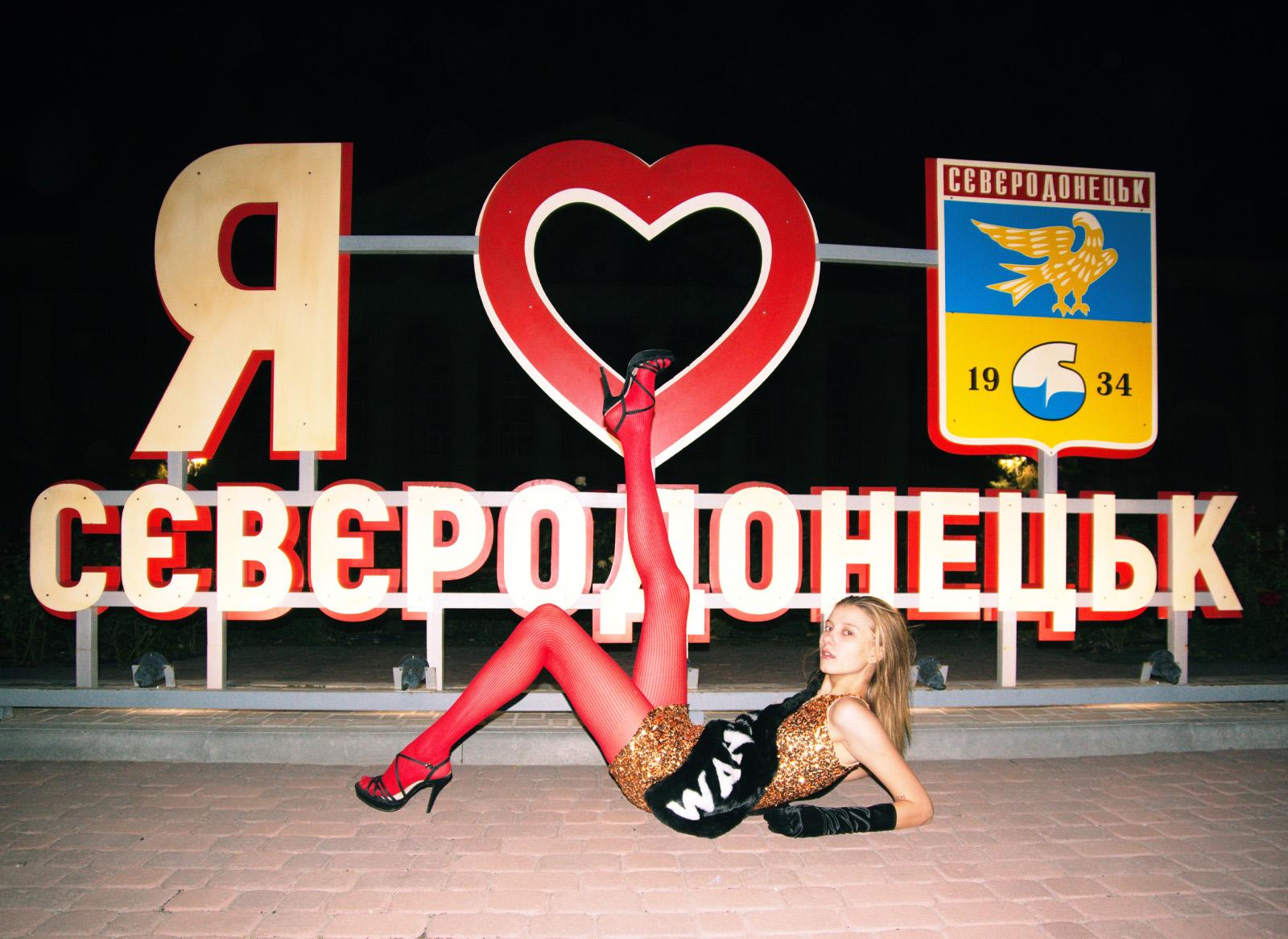A global grief was palpable on 24 February 2022 as Ukraine was invaded by Russian forces. As part of the Inspired Flight series, TQTB talks to Vitaliy Matukhno (he/him), a contemporary art and cultural manager and curator from Lysychansk in the Donbas region about the realities of life, and trying to create, during war.
Starting out as a youth activist, Vitaliy Matukhno’s main goal was to improve life in his hometown, Lysychansk. His path to the arts started in the underground music scene that was emerging at the time in Ukraine.
Since 2018, through collaborations, training, and self-study he gradually built the skills and network of artists that enabled him to create Gareleya Neotodryosh in 2020, a platform to provide meaningful representation for young artists from the Donbas region.
Vitaliy’s work was mainly dedicated to portraying the realities of life in his industrial region in Eastern Ukraine that historically has had little attention.
“Before the war in Donbas that started in 2014, people didn’t visit our region very often. After it started, suddenly there was a lot of interest because people were trying to figure out why the war had occurred.”
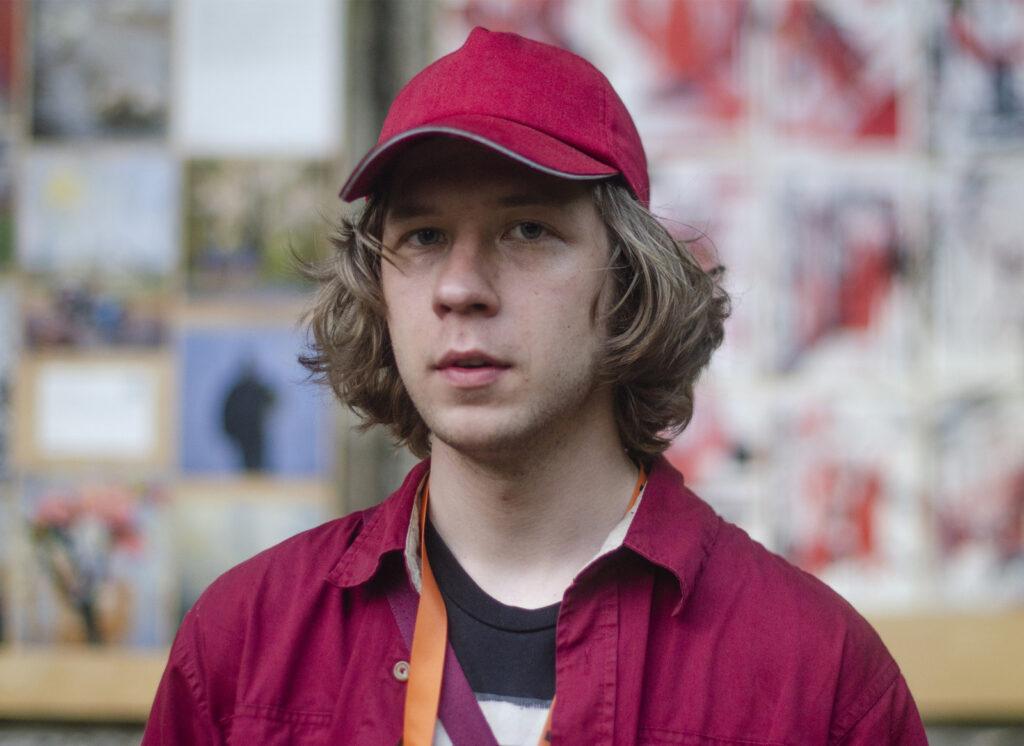
When artists from the war-stricken parts of the area started to migrate to Lysychansk, a local contemporary art scene began to grow attracting artists from elsewhere in Ukraine too. While the growth of this cultural scene was in its early stages, it was important to create space for artists from different regions to be represented. Local, state-run galleries were very conservative and made collaboration difficult.
As a result, talent from the Donbas region remained overshadowed by residencies, research and contributions that favoured visiting artists.
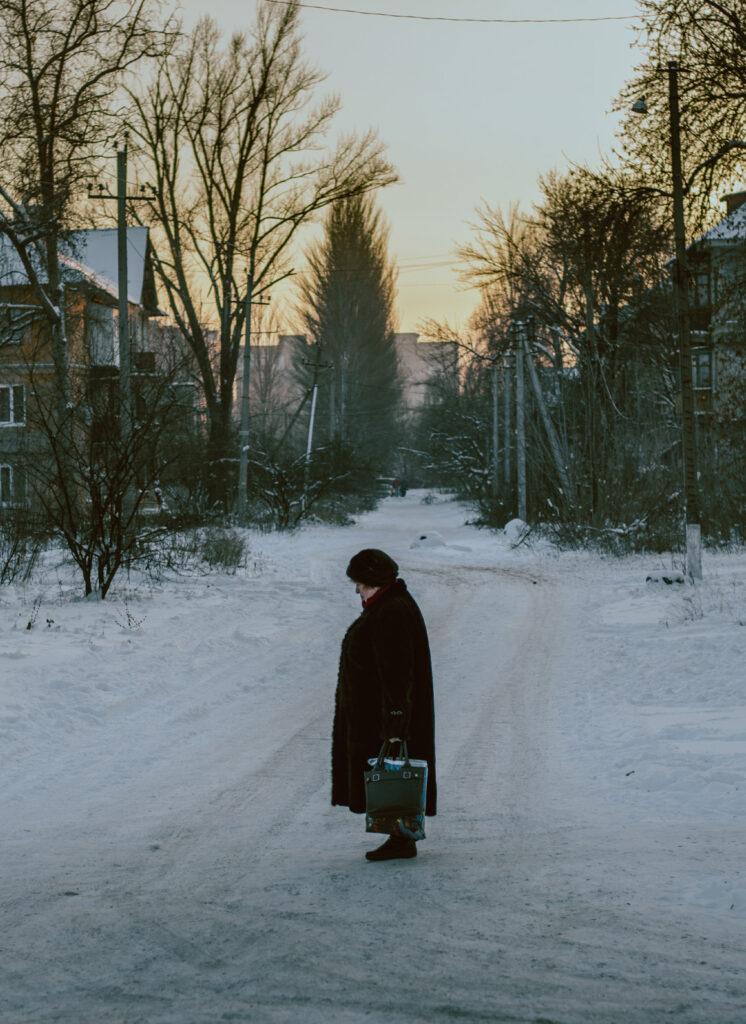
A lot of famous artists from the outside came to support Donbas “but they didn’t really know what Donbas looks like through the eyes of people who live there. So, it wasn’t fair,” explains Vitaliy.
He decided to do things differently and build a new platform “to unite people, create a community and representation for the local art scene within Donbas, Ukraine and also outside of our country.”
The experiment led to the creation of contemporary art collective and platform, Gareleya Neotodryosh. This street art project enabled local artists who did not “fit within any of the formats offered by the city” to create their own art space.
“Gareleya was created out of curiosity to see how many artists there were in the region. There were no places for them so people didn’t really know what they could do with their art.”
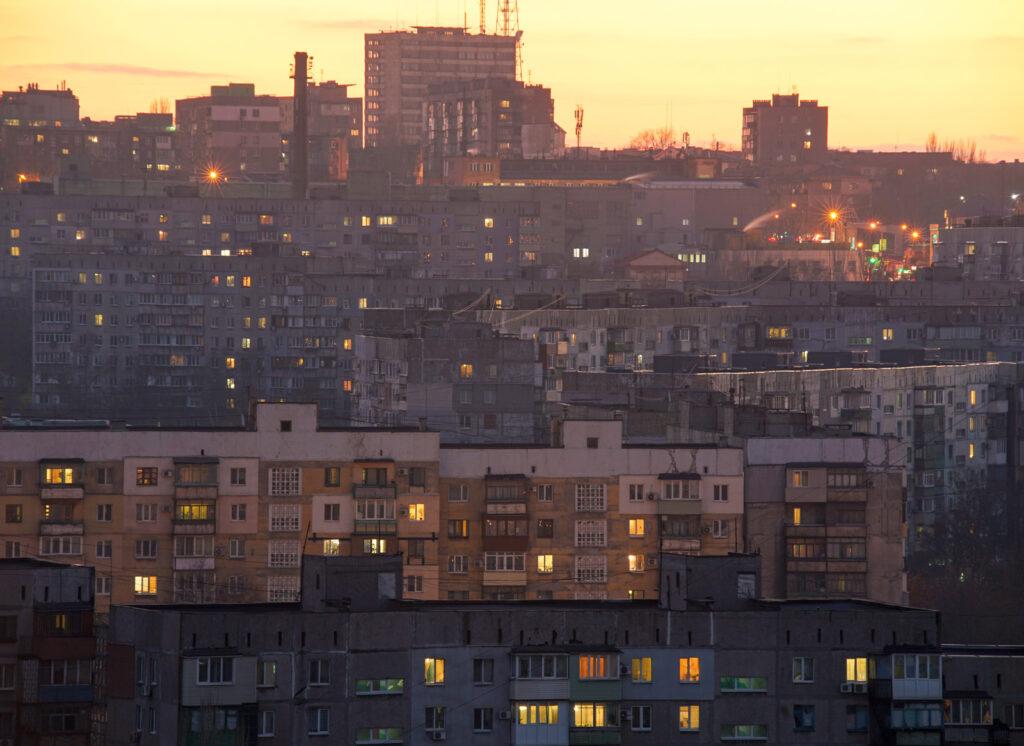
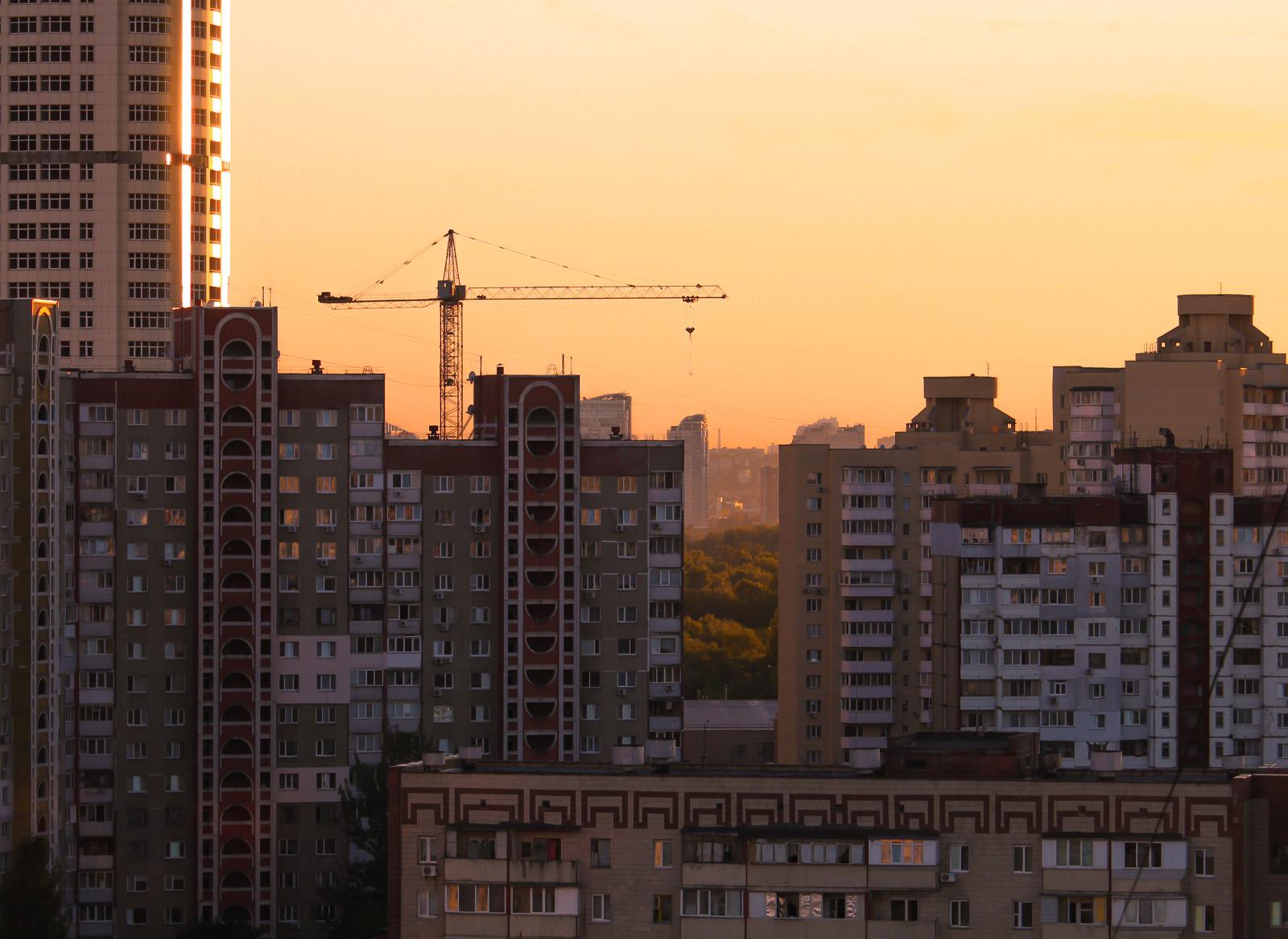
The collective became home to photographers, musicians and filmmakers amongst other artists. With limited support from local institutions, Gareleya made use of spaces that were available for their exhibitions and events such as abandoned factories, basements and bridges.
Following the full scale invasion on 24 February 2022, Vitaliy evacuated to Lviv near the Polish border. Since then the main focus of his work is helping people survive.
Creating in these conditions is challenging and his work has taken on a new dimension. For Vitaliy “culture is also a weapon” so he uses his work to draw attention to the conflict and remind the world that Ukraine needs our support.
“Right now it is important to work with international audiences. Recently, we did a collaboration with the Goethe Institut in Bonn, Germany. It was our biggest exhibition, showcasing the works of twenty seven artists from the Luhansk and Donetsk regions. For two and half months in seventeen of the biggest German cities, their works were shown on 420 advertising screens in bus and train stations and inside trains.”


This year, Gareleya also presented their work at a small exhibition in Georgia while Vitaliy was invited to a summit in Warsaw, Poland at the end of November that represents niche displaced artists.
In addition to activities abroad, Vitaliy is still invested in supporting local culture. He described the current working conditions as the craziest crisis management he’d ever seen but “it’s happening”.
With his fellow artists, Gareleya Neotodryosh is working on the second issue of their zine which has the working title ‘Reflections of War’.
“It will be a print catalogue including representations of the Ukraine war through the eyes of people who were directly affected in different ways – living in occupied territories, staying close to the battlefields and being on the frontline.”
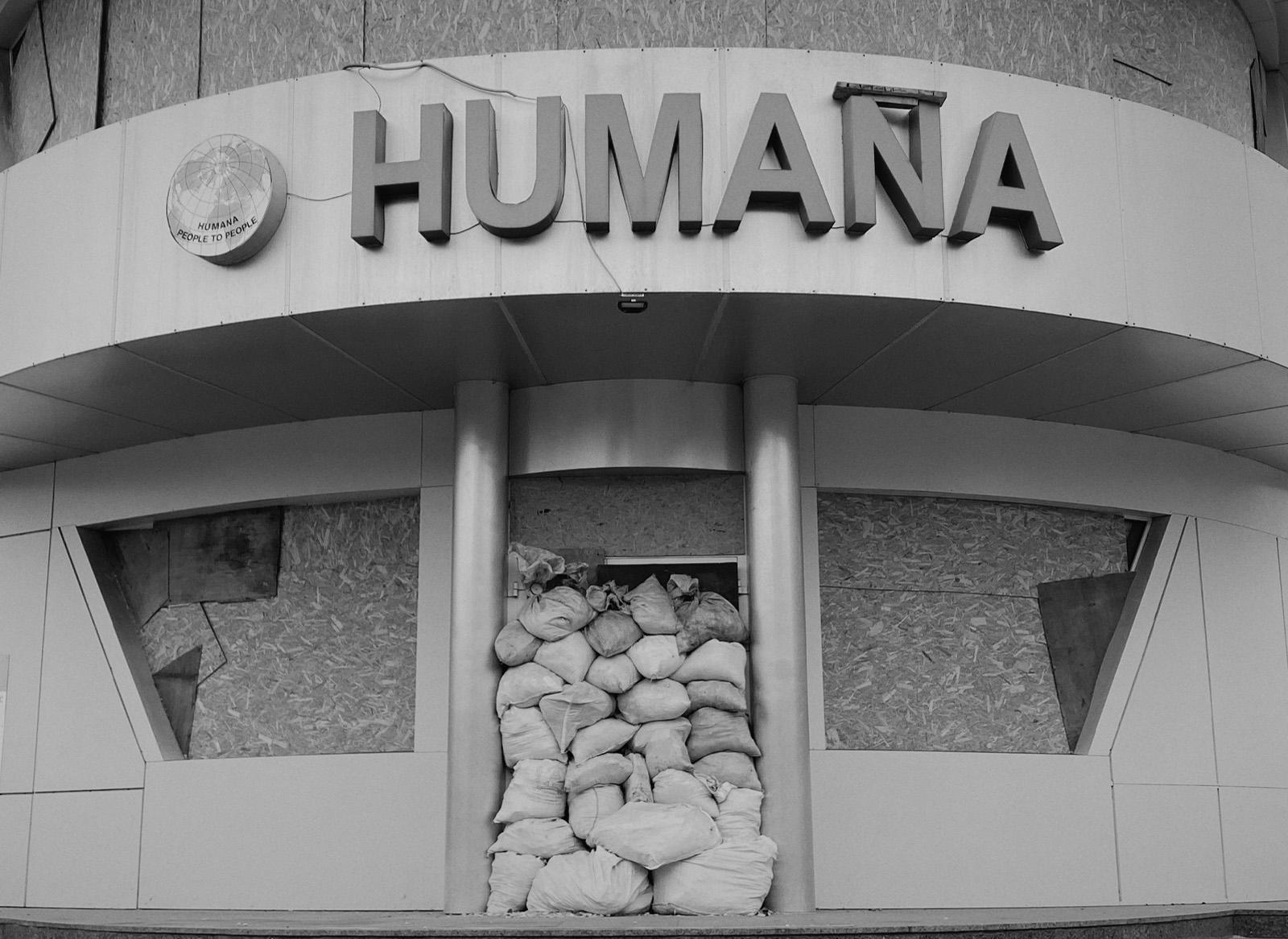
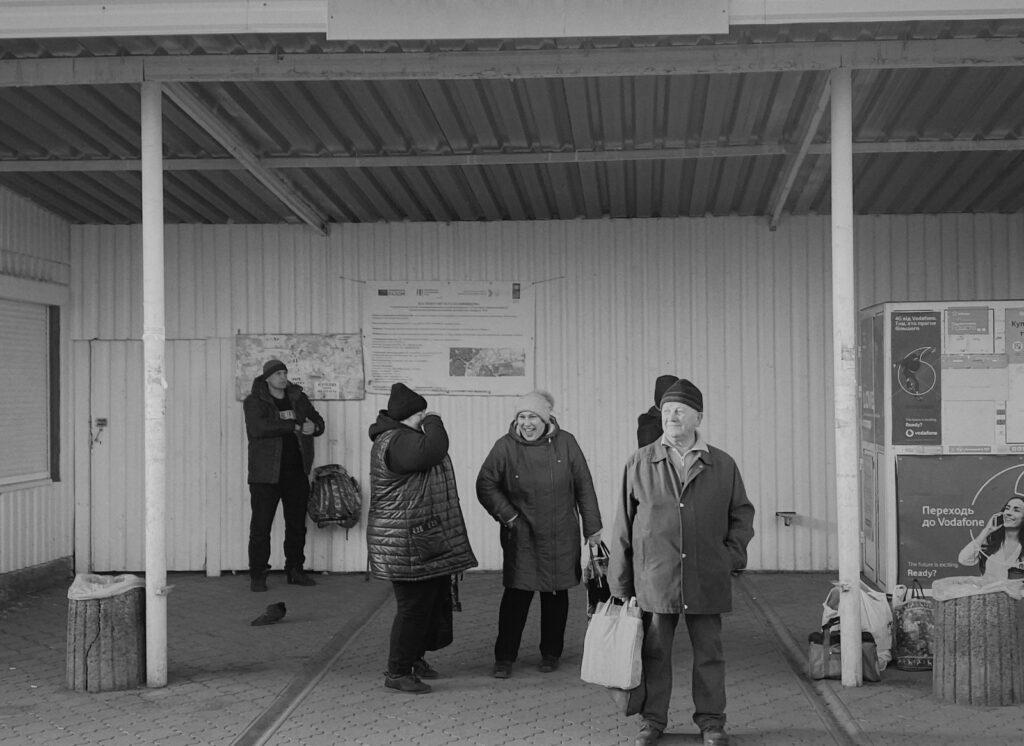
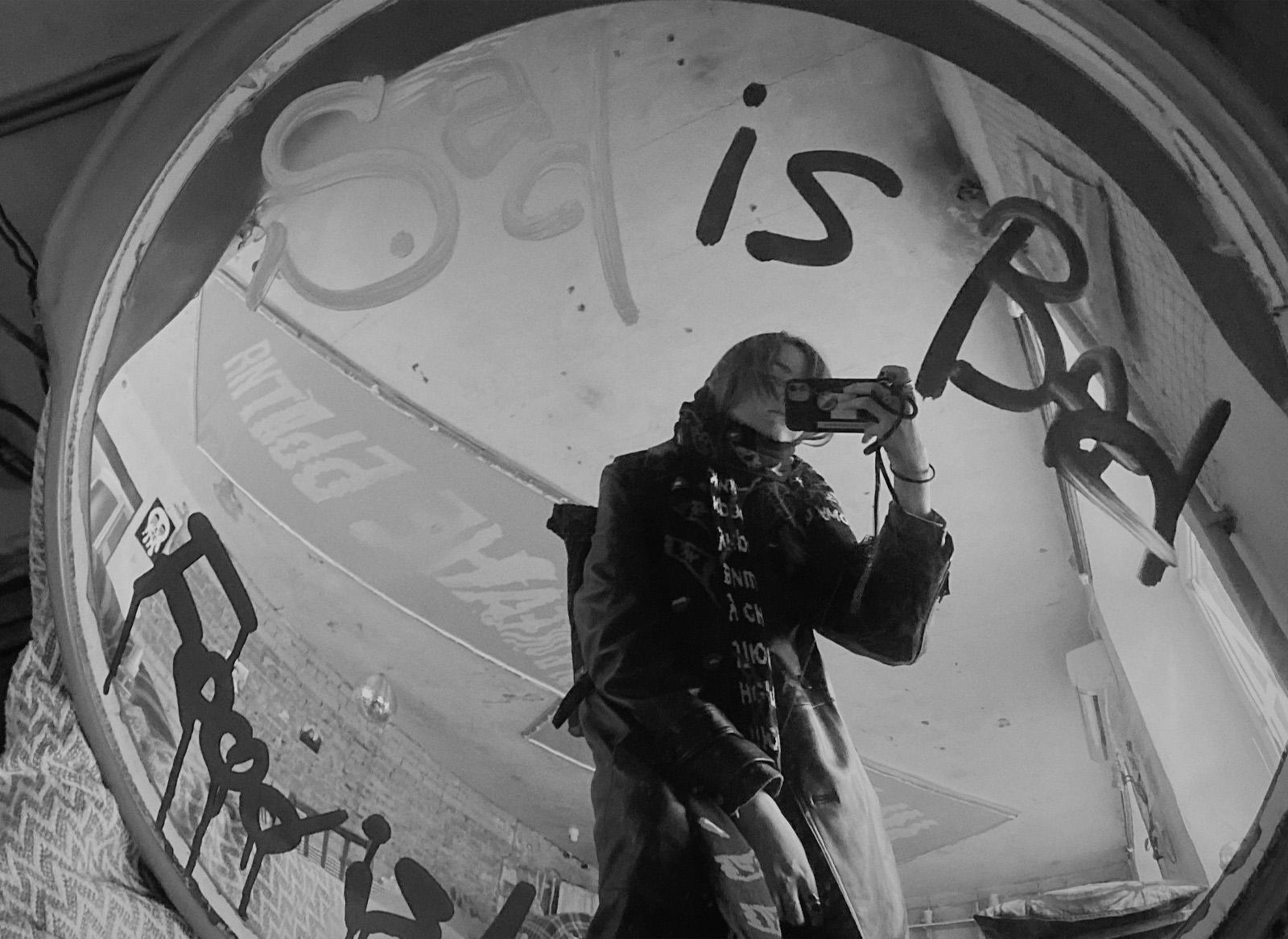
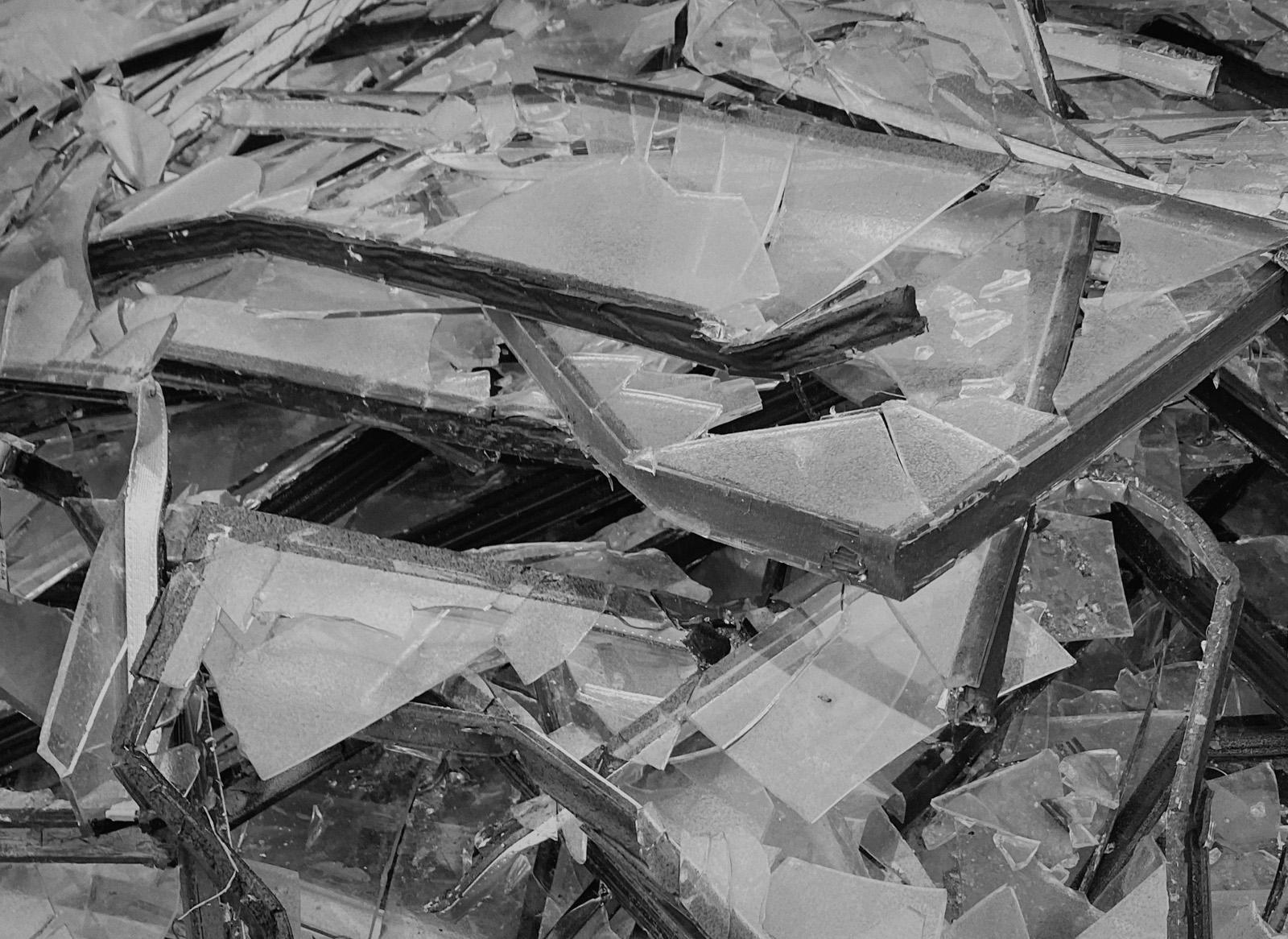
Together with Gareleya, Vitaliy has been working on 14-8-22, an online magazine featuring stories of young artists from the Luhansk and Donetsk regions, about the beginning of the war in Eastern Ukraine. Its aim is to show how the conflict is impacting Ukraine’s youth. The team decided to host the event in a dangerous spot in the community locals normally avoided.
Alongside a fellow artist and friend, Olexandr Kuchynskyi, who authored a visual blog Industrial Heaven, Vitaliy has also delivered lectures in the Lviv Arts Centre about the Donbas region and been part of a number of programs supporting artists affected by the conflict as well as a forum to discuss how cultural institutions can challenge the war.

Talking with Vitaly we wanted to learn more about the plight of African and other international students and families of colour who struggled to escape danger due to racism and oppression from local authorities at borders.
He explained the situation from his vantage point:
“On trains, as well as on other evacuation transport, women and children were let in as the first priority. Across the border, the same approach was used – only men who were Ukrainian citizens fit for mobilisation were not released beyond the borders. Citizens of other countries, of course, had every right to leave the country, but women and children were released first and everyone else went after them.
“On our evacuation train, there were a lot of people from different countries in our carriage, some of them didn’t speak English. For example, in our cabin there were citizens of India.
“No one treated them with racism, we tried to support them somehow instead. As they didn’t speak English or Ukrainian, a girl in our cabin decided to help them leave the country and guide them to the border.
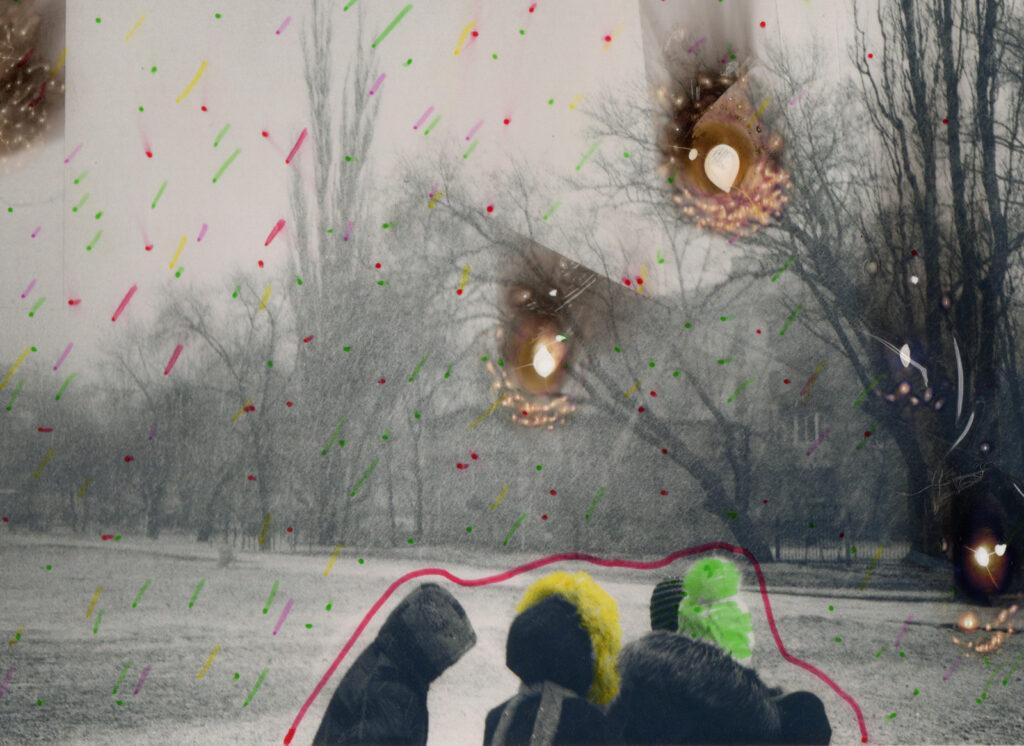
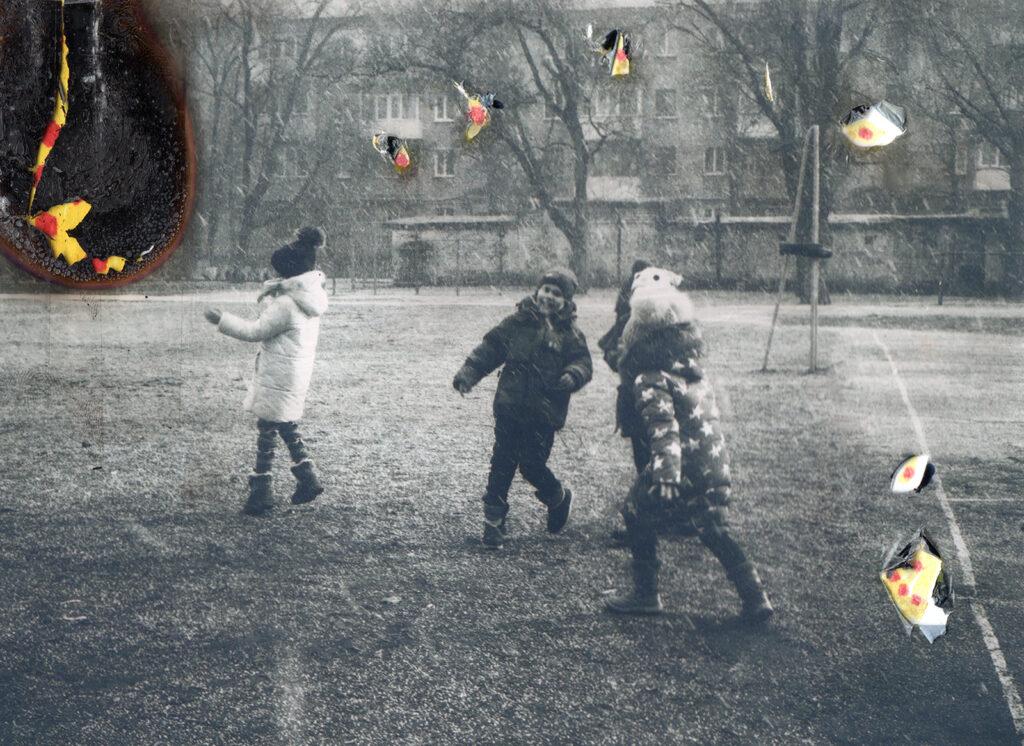
“What happened to African students at the border during the evacuation was cruel. This isn’t their war in the first place and they should not suffer because of it. I’m afraid that our police can go too far in stressful situations and, in this case, they were wrong. I don’t think there were major reasons not to let African students through the border at that time.
“Ukraine is not a racist society but some foreigners were really treated terribly at the border, it’s true. I remember that the situation was solved quickly. At least after that, I can’t remember similar cases. On our news channels, I saw a lot of messages from the media criticising our border guards in the comments to these messages. There were many dissatisfied comments from Ukrainians due to the discrimination people faced at the borders.
“Unfortunately we still have work to do in order to ensure that our law enforcement, as well as our authorities in general, do not allow any form of discrimination. Our civil society is developing in the direction of democracy where there is no place for infringement of the rights of people because of their skin colour or gender. I really hope that in the future the percentage of such cases will decrease closer to zero.”
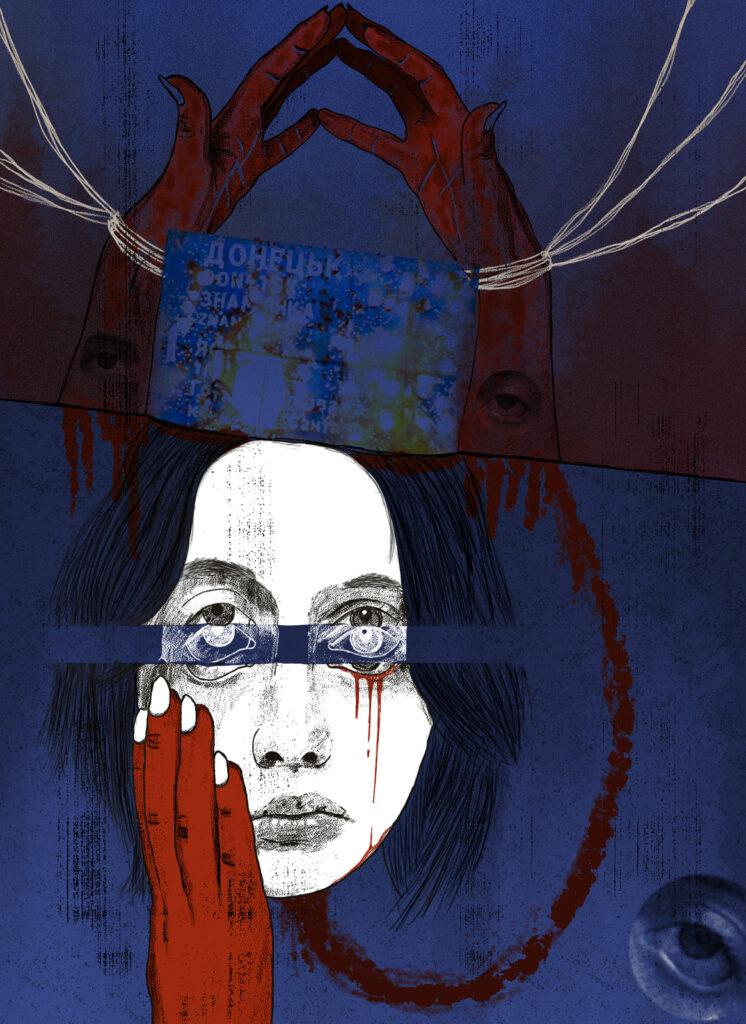
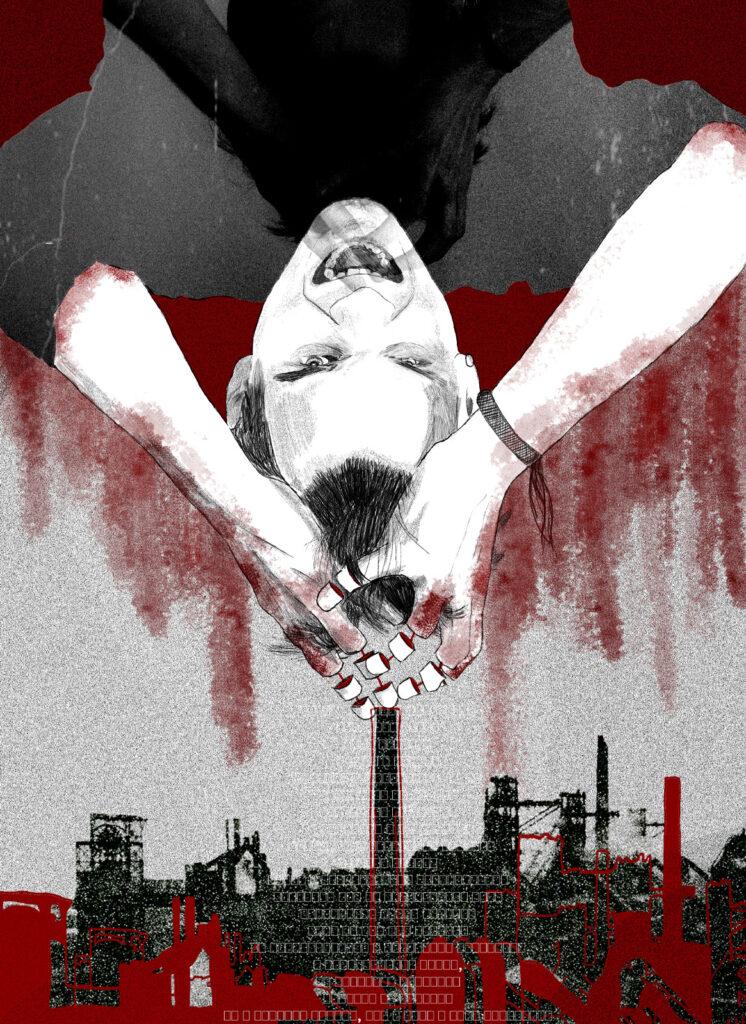
He and Gareleya want to start a dialogue and collaborate with the people and communities impacted because “living inside your bubble doesn’t work… it’s always important to meet people to understand each other more.”
For Vitaliy, international support is still felt in Ukraine though circumstances remain difficult.
“There are sirens almost every day. We all live under constant stress and none of us are home. We are all in different countries, different cities in Ukraine, trying to survive.”
He thinks the type of aid that matters the most right now is providing ammunition for the Ukrainian army.
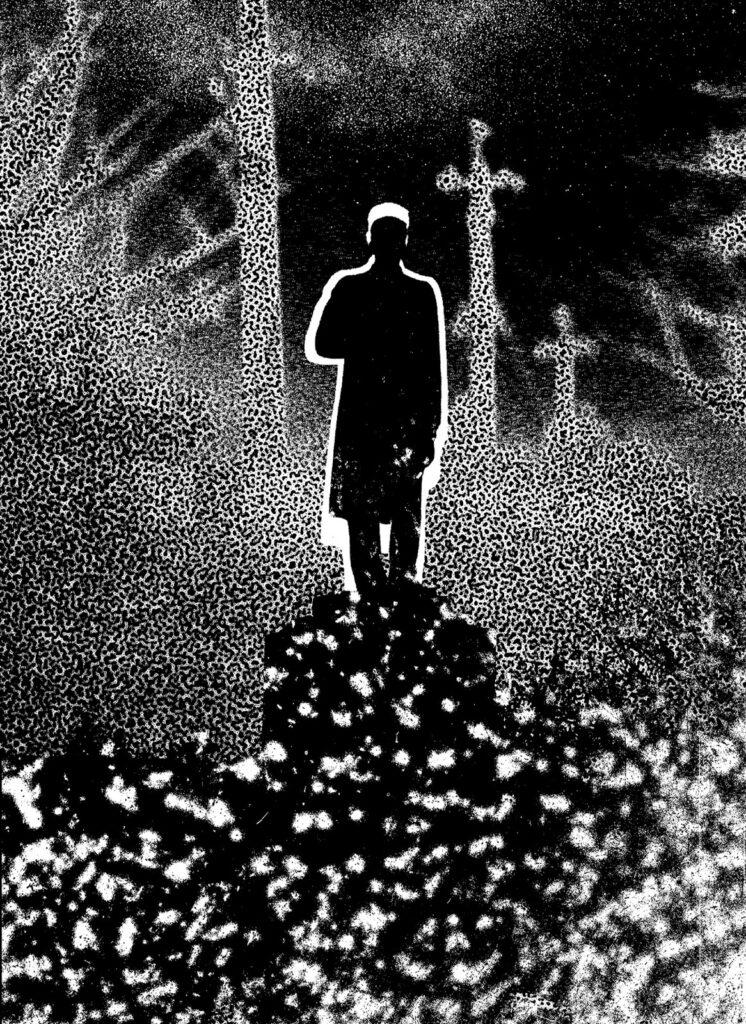
“If Ukraine loses this war, it will go on in other countries because Russia will never stop. They’ve never stopped their wars for the last twenty years.”
Support also comes in other forms with foreign cultural and humanitarian platforms creating opportunities for Ukrainian artists in an intensely difficult time. Emergency residencies and exhibition spaces create platforms for artists to keep working and sharing their experiences through the conflict.
Whilst the world is watching in hope that the war will soon end, Vitaliy remains both hopeful and aware of the challenges his country faces.
“As for the future, no one knows,” he says. “The future looks bright but we can’t even plan a few months ahead.”
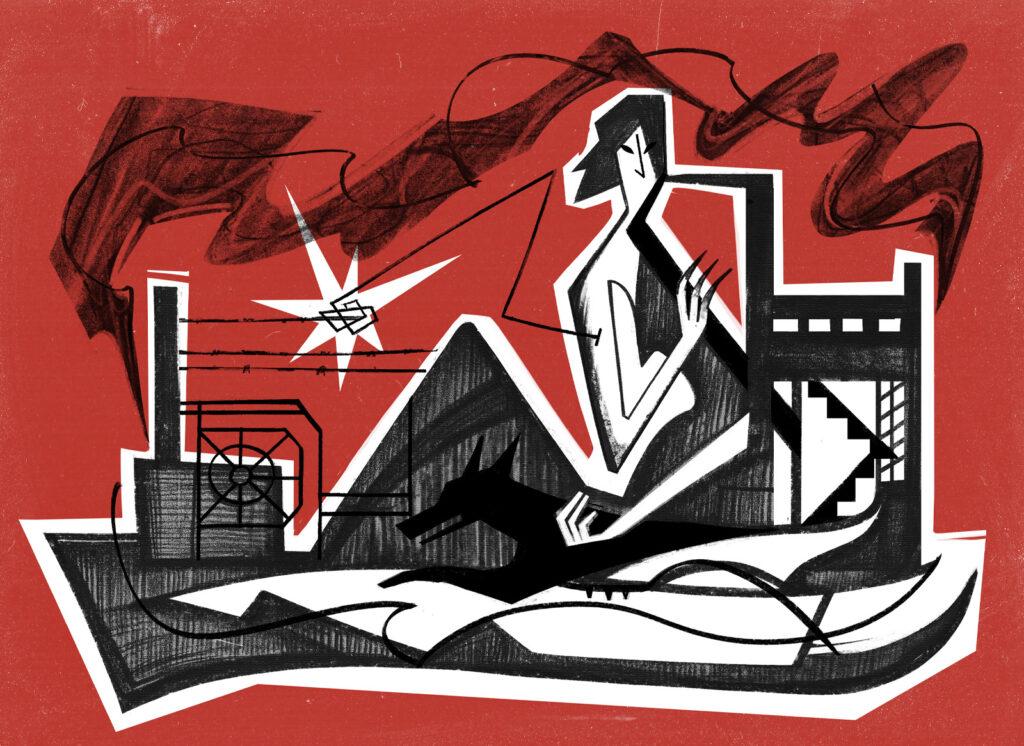
This article was first published in print in Journal 002 and released in December 2022.
If you want to support Vitaliy and Gareleya Neotodryosh, you can donate via PayPal or Monobank.
PayPal: gareleyantd@gmail.com
Monobank: 5375 4141 2109 4733
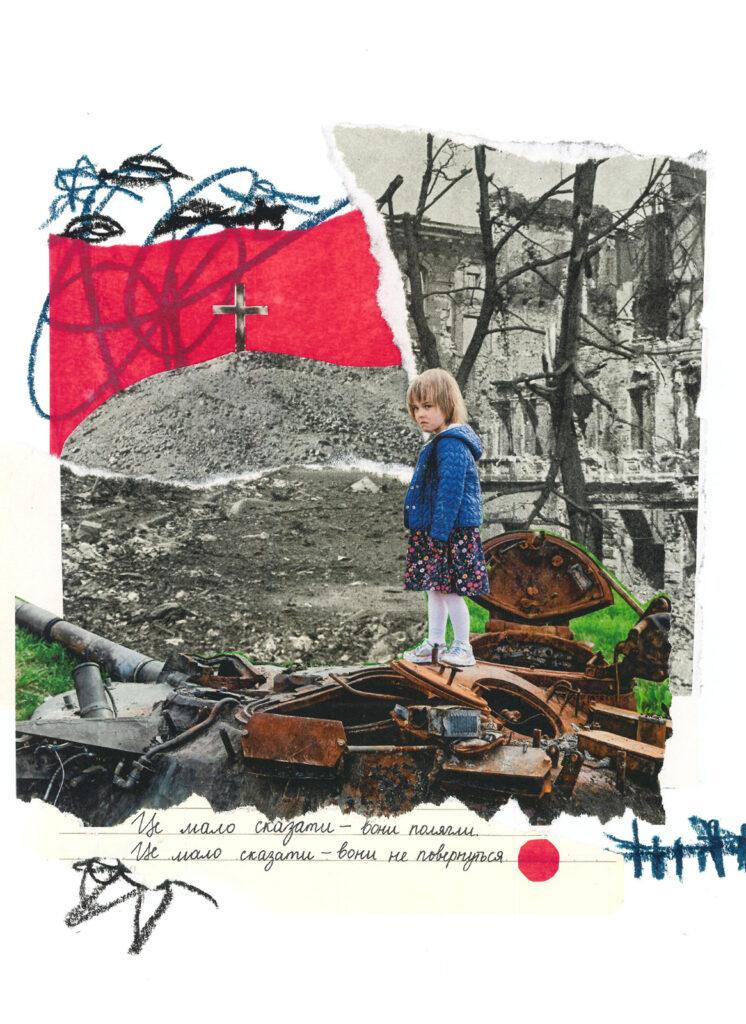
Follow Vitaly: @matukhno.vitalii
Follow Gareleya Neotodryosh: @gareleya.neotodryosh
Follow 14-8-22: @14_8_22

